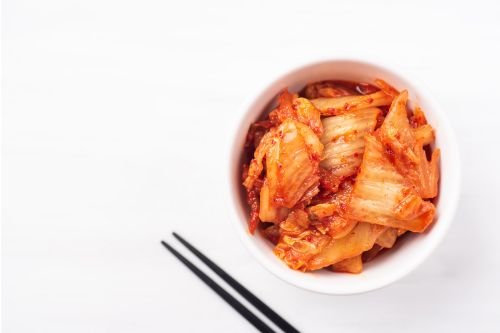
Kimchi is a traditional Korean side dish made from salted and fermented vegetables, most commonly napa cabbage and Korean radishes, with a variety of seasonings. Here’s a basic recipe for making Kimchi:
"FREE DELIVERY ALERT! 📦 Unleash the Flavor – Orders Over $35 Ship at ZERO COST! Don’t Wait, Stock Up NOW!"
Spice Benefits
More than 150 of Free Recipes & Cooking Tips
Food Service
Your headline
Image caption appears here
Add your deal, information or promotional text
Menu title
This section doesn’t currently include any content. Add content to this section using the sidebar.
Your headline
Image caption appears here
Become an ambassador to take advantage of the gifts, discount codes, earn affiliate commissions and more.
Menu title
This section doesn’t currently include any content. Add content to this section using the sidebar.
Your headline
Image caption appears here
Add your deal, information or promotional text
Kimchi is a traditional Korean side dish made from salted and fermented vegetables, most commonly napa cabbage and Korean radishes, with a variety of seasonings. Here’s a basic recipe for making Kimchi:
Prepare the Cabbage:
Rinse and Drain the Cabbage:
Make the Kimchi Paste:
Combine Cabbage and Paste:
Ferment the Kimchi:
First Fermentation:
Refrigerate:
Serve:
Enjoy your homemade Kimchi! Remember, kimchi can vary in flavor and ingredients, with some versions using different vegetables or seasonings. Feel free to adjust the recipe to suit your taste. The key to good kimchi is in the fermentation, so give it time to develop its unique flavors.
